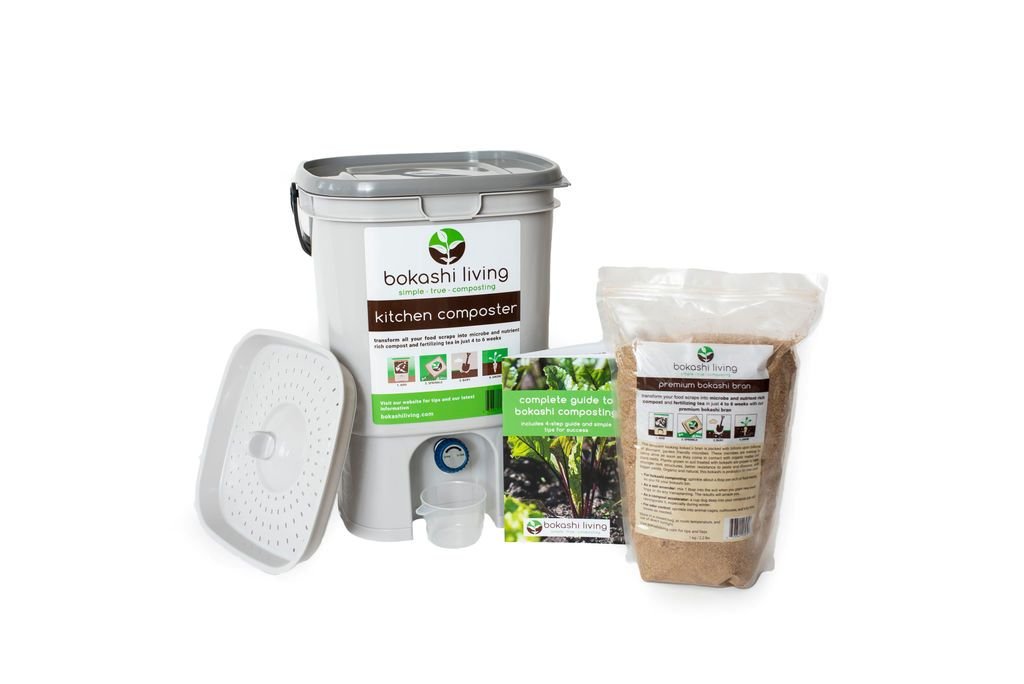Wear What Works
/Women who work in the building trades gathered at BBR last Tuesday to discuss gear: the clothing and accessories they’ve found that fit well and stand up to jobsite wear and tear. The group also heard from Hannah Carlson, professor at the Rhode Island School of Design and author of Pockets: An Intimate History of How We Keep Things Close.
Several tradeswomen modeled and shared the deets on their favorite clothing and gear:
From electrician Peg Preble:
Skillers knee-pad utility work pants with cargo pockets. Peg loves them because they come in sizes that fit, the knee pads are flexible and comfortable, and they have nice big pockets.
3M respirator 6100. It’s the only one she’s found that comes in a small size, and it has many different filters available.
From carpenter Sarah Hagman:
Dovetail pants. There are multiple leg cuts to choose from, a gusseted crotch, and a dozen pockets. They are available in several inseams, so no need to hem them.
Danner Boots safety toe mocs. These are available in smaller sizes, and there is no break-in period with a new pair. She has had some warranty issue, but the company has been very responsive.
Diamondback tool belt. The pouches don’t hit the ground before Sarah’s knees when she kneels down.
From handywoman Sarah Solomon:
Duluth Trading Company overalls. They’re stretchy and comfortable and have lots of pockets.
Blundstone pull-on boots. In addition to being comfortable, the boots can be taken off easily when in a client’s home, and drops of paint come off easily.
Save the date for the next Tool Box: Tuesday, July 30, 5:00-7:00 p.m.



